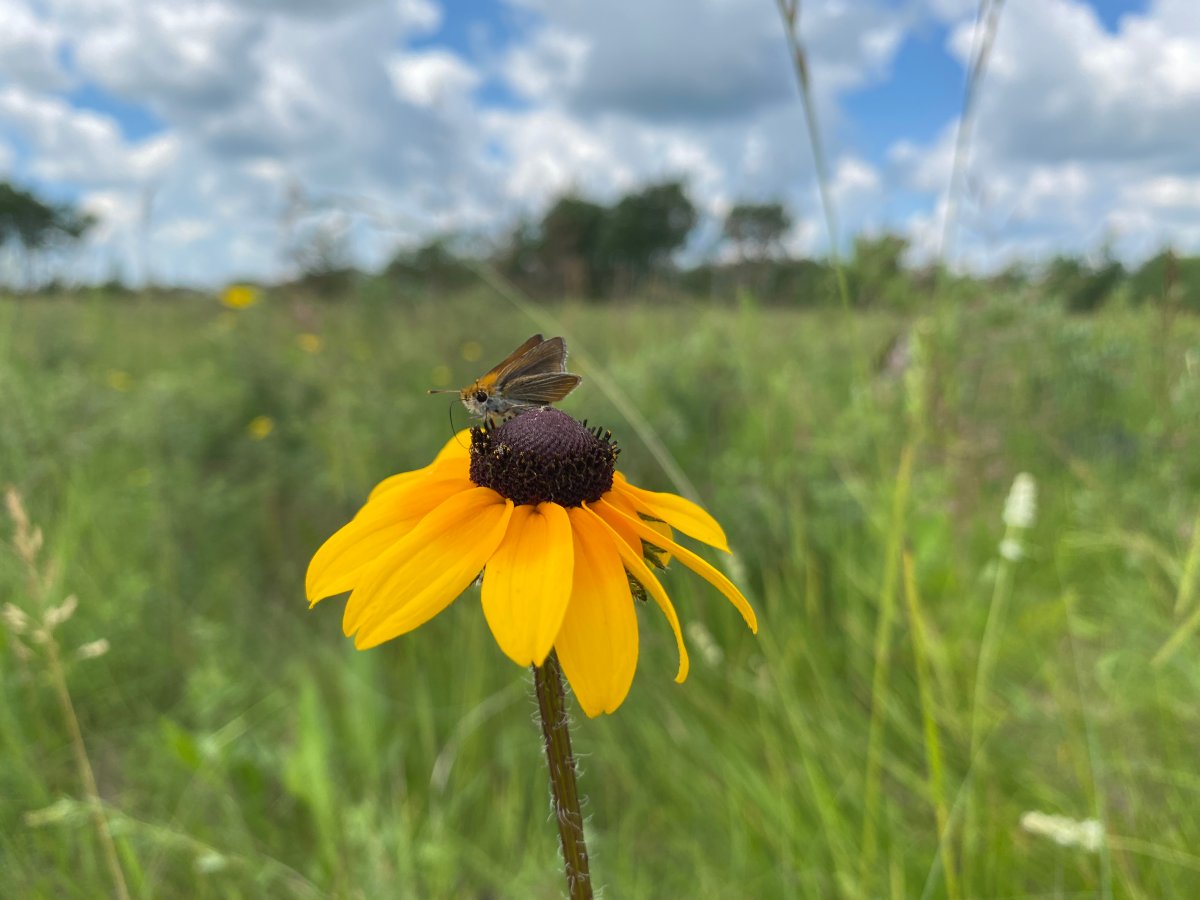Assiniboine Park Conservancy has set a new record by releasing more than 200 endangered butterflies back into the Manitoba landscape.

“We are thrilled with the results of this year’s breeding and release program and excited for what it means for the future of these endangered species,” Ashleigh Westphal, research conservation specialist, Assiniboine Park Conservancy, said in a release Thursday.
In July, over the course of three weeks, the conservancy released 191 critically endangered Poweshiek skipperling butterflies.
“When we started the release program in 2018, experts estimated there were only about 100 Poweshiek skipperling butterflies remaining in all of Canada,” said Westphal.
The butterflies were released onto the landscape at the Nature Conservancy of Canada’s properties located in the Manitoba Tall Grass Prairie Preserve in the RM of Stuartburn.
Additionally, for the first time, the program included the release of 16 endangered Dakota skippers into Manitoba’s Interlake region, bringing the total number of butterflies released to 207.
The number of adult butterflies released this year is more than four times larger than last year’s release thanks to a successful expansion of the breeding program.
“The growth of the program and results so far are very encouraging, but we have a long way to go before this species will be secure in the wild,” said Westphal.
“Collaboration with partners and local landowners is integral to the success of this program and ongoing grassland conservation efforts.”
Grasslands are one of the most endangered terrestrial ecosystems on the planet.
It’s suspected that the increased use of pesticides, the effects of climate change, and extreme weather events are contributing to ongoing population declines.
Butterflies are sensitive to changes in their environment and are often an indicator of the overall health of an ecosystem.

The Nature Conservancy of Canada actively manages native prairie in Manitoba.
Without active and regular management, these disturbance-driven prairie sites are at risk of becoming overgrown with shrub and forest, leading to subsequent loss of important biodiversity and essential habitat.
“Through our collaborative recovery efforts with Canadian and US conservation agencies, experts, and partners,” said Melissa Grantham, conservation biologist with the Nature Conservancy of Canada.
“We work together to engage in research that informs land management decisions, raise public awareness, and work with local producers to sustainably manage key grassland sites, all of which supports the captive rearing and breeding program.”
The ongoing success of the breeding program, combined with results from annual site surveys, will set the stage for future years.





Comments